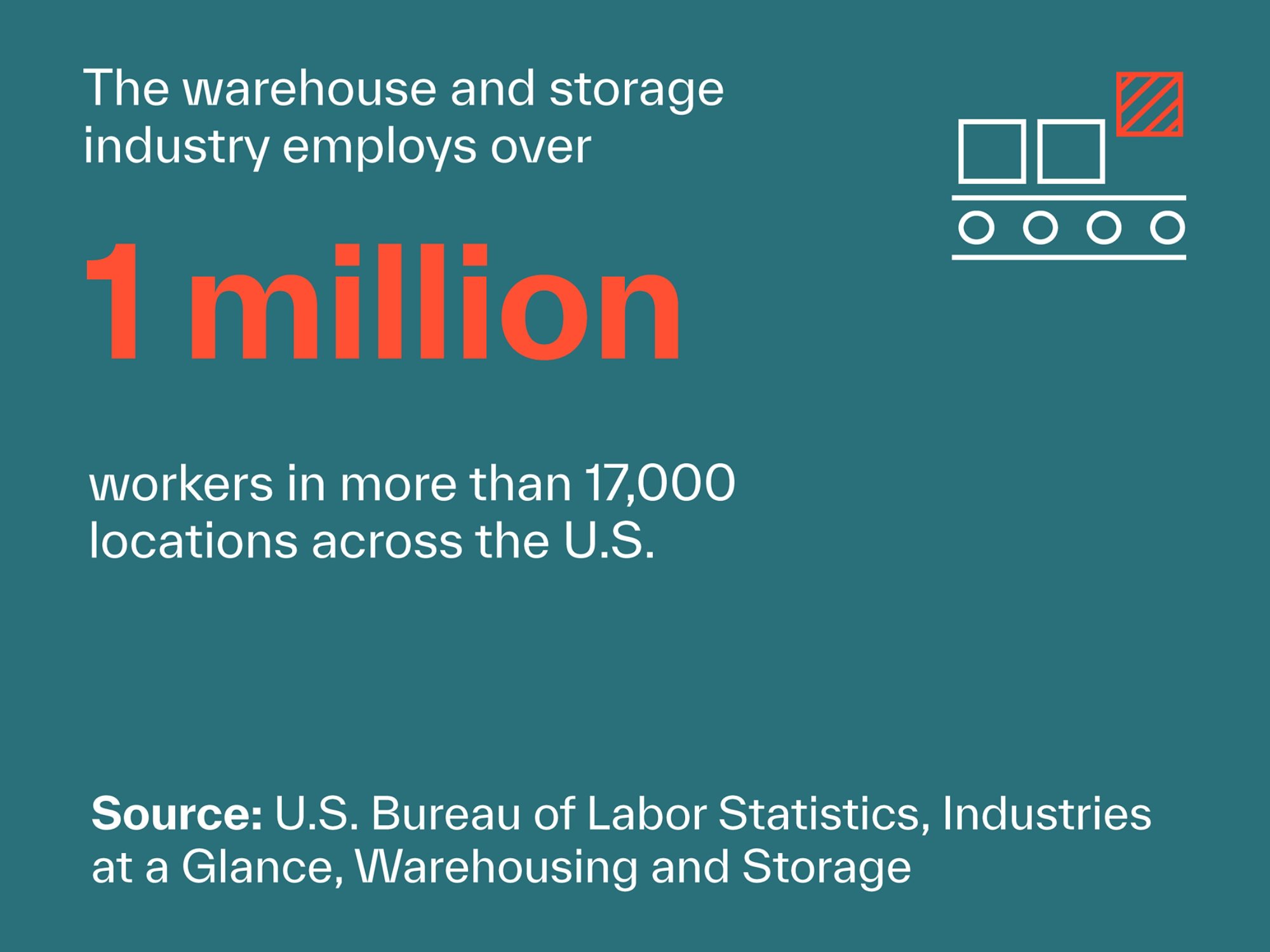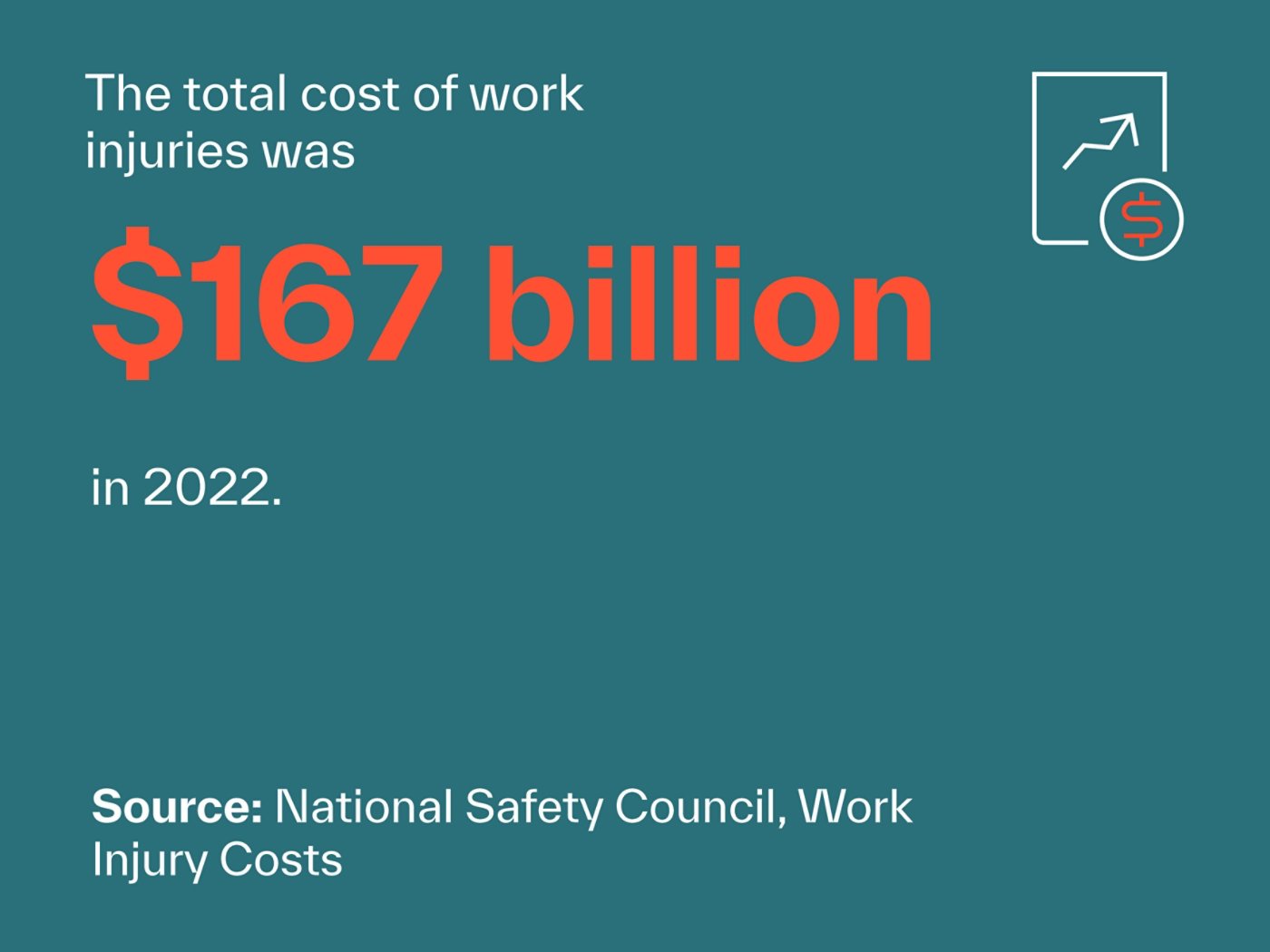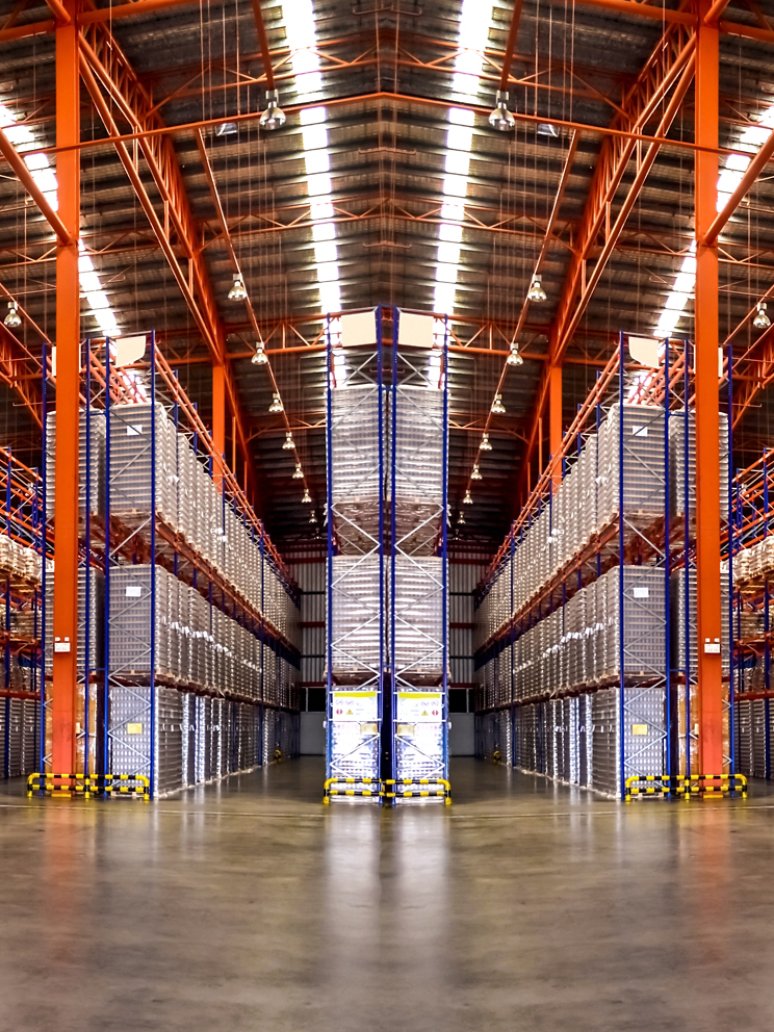
Edge AI will help transform how employers protect their workers throughout retail supply chains with fluctuating demands
The frenzy of seasonal shopping extravaganzas puts pressure on supply chains and intensifies the disproportionately high accident rates that warehouse workers already face. According to the U.S. Bureau of Labor Statistics (BLS), the warehouse and storage industry employs over 1 million workers in more than 17,000 locations across the U.S. — most of whom are exposed to potentially dangerous conditions, including forklifts, powered industrial vehicles and robotics, poor ergonomics, falls or hazardous materials.
But there’s good news: Artificial intelligence (AI) — integrated with edge computing — can help companies monitor their workers’ efficiencies and workflow on the floor, and make informed decisions to help ensure their health and safety.
Here, Chris McReynolds, Vice President, Global Offering Management, Network and Edge Compute at Kyndryl, discusses the extended benefits of edge AI in manufacturing and retail.


How do labor-intensive industries benefit from edge AI?
Occupational safety is non-negotiable, and it is critical to provide workers and floor managers with the real-time monitoring, predictive analytics and insights they need to help mitigate risks and enhance their operational safety. By analyzing the vast amounts of data generated by industrial sensors — and combining them with information from past incidents — it is possible to predict potential hazards and take corrective action before mishaps occur.
Generative AI-enabled predictive maintenance improves workplace conditions by identifying and helping to prevent systems outages or failures as well as pointing out the risks and dangers that can cause personal harm. Increasingly, we can apply it to improve both operational efficiencies in procedures and workplace designs. Generative AI also can provide real-time updated workplace instructions, protocols and digital workflows, and enhance problem-solving.
Besides worker safety, what are the extended benefits edge AI offers?
Computer vision is a field of AI that enables computers and systems to derive meaningful information from digital images, videos and other visual inputs. We can use it to help examine anomalies, detect defects and take action across the manufacturing process. Using computer vision, Kyndryl worked with a global automotive glass manufacturer to reduce their false rejection rate to under 1%, from 25%. Previously, the automotive glass manufacturer required workers to monitor their existing machine vision system, which slowed production lines and resulted in high rejection rates.
In retail, computer vision can help companies mitigate losses due to shrinkage — shoplifting and other types of product theft — which is becoming a $100 billion problem for the industry. And in healthcare, computer vision can help improve the quality of patient care through anomaly detection and analysis.
Across industries, edge AI is also helping enterprises accelerate their sustainability goals. With predictive maintenance, companies can avoid equipment failures, maintain business continuity and reduce emissions and costs associated with service trips. And edge computing-based digital twin technology is driving informed decision-making and more efficient operations, helping manufacturers and factories reduce energy consumption and waste, resulting in a smaller environmental footprint.
4 ways industries can leverage edge AI
How can companies prepare warehouse and factory workers to embrace a future powered by AI and automation?
Warehouses are under pressure to respond to booming e-commerce volumes, ultra-efficient supply chains and the ever-increasing need to manage costs, while setting higher sustainability and personal safety goals. There is an urgent need to revolutionize product fulfillment and inventory automation in warehouses to stay competitive.
Private LTE/5G technology — to pick one example — can help optimize costs while expanding signal coverage to an entire worksite, not just the production floor. LTE/5G offers the type of secure, ultra-low latency, massive machine-to-machine and worker communication connectivity that is essential to enhancing productivity and safety, while also protecting against intellectual property theft (through zero-trust security). The benefits of deploying private LTE/5G include monitoring and streamlining digital operations; identifying maintenance issues and addressing them preemptively; managing smart facilities that incorporate precise location tracking, video surveillance, operating indoor and outdoor drones; enabling VR/AR training and picking; and providing a more reliable connection for the Industrial Internet of Things (IIoT). Many organizations will want to jump on the AI train, but they will not be able to do that without reliable network connections.
Organizations are far more likely to benefit from AI when their individual workers do. Getting employees comfortable with a new technology and enabling them to use it for improved agency and productivity requires a culture of empathy and innovation. Plus, companies need to have compute capabilities available on-premise as well to meet their customers’ needs, even if or when network connectivity encounters challenges. And finally, AI can help organizations increase customer satisfaction and brand reputation.
When it comes to AI, seeing is believing. When factory workers and warehouse staff are provided with continuous education and training along with opportunities to get involved in AI projects, they can see firsthand how AI can help them have more fulfilling and safer careers. Offering support and open conversations about their concerns—especially regarding AI-related job displacements—is critical to building trust and boosting adoption in the long run.
Learn more about Kyndryl’s Network and Edge offerings.


